Porsche 2008 Annual Report Download - page 127
Download and view the complete annual report
Please find page 127 of the 2008 Porsche annual report below. You can navigate through the pages in the report by either clicking on the pages listed below, or by using the keyword search tool below to find specific information within the annual report.-
 1
1 -
 2
2 -
 3
3 -
 4
4 -
 5
5 -
 6
6 -
 7
7 -
 8
8 -
 9
9 -
 10
10 -
 11
11 -
 12
12 -
 13
13 -
 14
14 -
 15
15 -
 16
16 -
 17
17 -
 18
18 -
 19
19 -
 20
20 -
 21
21 -
 22
22 -
 23
23 -
 24
24 -
 25
25 -
 26
26 -
 27
27 -
 28
28 -
 29
29 -
 30
30 -
 31
31 -
 32
32 -
 33
33 -
 34
34 -
 35
35 -
 36
36 -
 37
37 -
 38
38 -
 39
39 -
 40
40 -
 41
41 -
 42
42 -
 43
43 -
 44
44 -
 45
45 -
 46
46 -
 47
47 -
 48
48 -
 49
49 -
 50
50 -
 51
51 -
 52
52 -
 53
53 -
 54
54 -
 55
55 -
 56
56 -
 57
57 -
 58
58 -
 59
59 -
 60
60 -
 61
61 -
 62
62 -
 63
63 -
 64
64 -
 65
65 -
 66
66 -
 67
67 -
 68
68 -
 69
69 -
 70
70 -
 71
71 -
 72
72 -
 73
73 -
 74
74 -
 75
75 -
 76
76 -
 77
77 -
 78
78 -
 79
79 -
 80
80 -
 81
81 -
 82
82 -
 83
83 -
 84
84 -
 85
85 -
 86
86 -
 87
87 -
 88
88 -
 89
89 -
 90
90 -
 91
91 -
 92
92 -
 93
93 -
 94
94 -
 95
95 -
 96
96 -
 97
97 -
 98
98 -
 99
99 -
 100
100 -
 101
101 -
 102
102 -
 103
103 -
 104
104 -
 105
105 -
 106
106 -
 107
107 -
 108
108 -
 109
109 -
 110
110 -
 111
111 -
 112
112 -
 113
113 -
 114
114 -
 115
115 -
 116
116 -
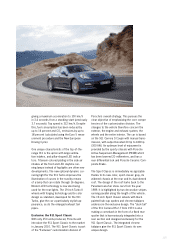 117
117 -
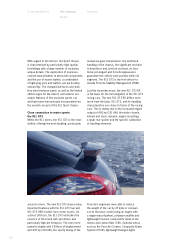 118
118 -
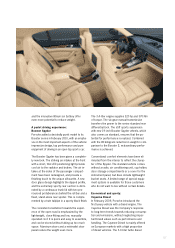 119
119 -
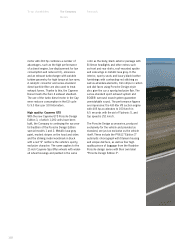 120
120 -
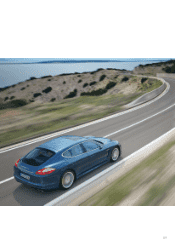 121
121 -
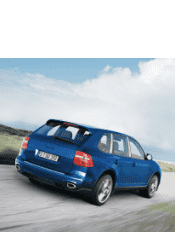 122
122 -
 123
123 -
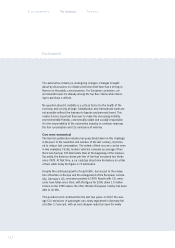 124
124 -
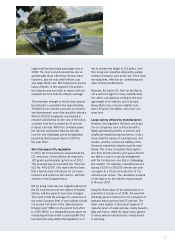 125
125 -
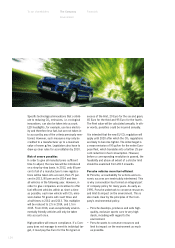 126
126 -
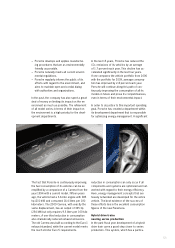 127
127 -
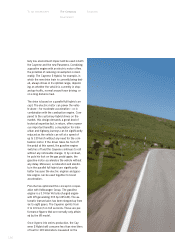 128
128 -
 129
129 -
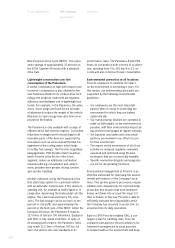 130
130 -
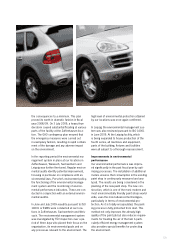 131
131 -
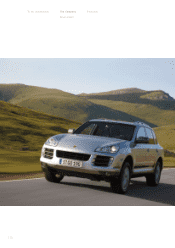 132
132 -
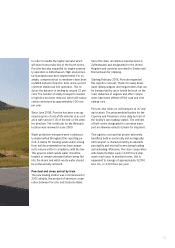 133
133 -
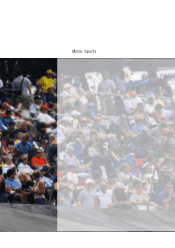 134
134 -
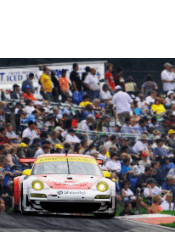 135
135 -
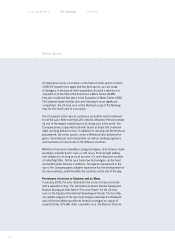 136
136 -
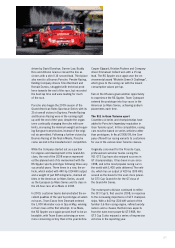 137
137 -
 138
138 -
 139
139 -
 140
140 -
 141
141 -
 142
142 -
 143
143 -
 144
144 -
 145
145 -
 146
146 -
 147
147 -
 148
148 -
 149
149 -
 150
150 -
 151
151 -
 152
152 -
 153
153 -
 154
154 -
 155
155 -
 156
156 -
 157
157 -
 158
158 -
 159
159 -
 160
160 -
 161
161 -
 162
162 -
 163
163 -
 164
164 -
 165
165 -
 166
166 -
 167
167 -
 168
168 -
 169
169 -
 170
170 -
 171
171 -
 172
172 -
 173
173 -
 174
174 -
 175
175 -
 176
176 -
 177
177 -
 178
178 -
 179
179 -
 180
180 -
 181
181 -
 182
182 -
 183
183 -
 184
184 -
 185
185 -
 186
186 -
 187
187 -
 188
188 -
 189
189 -
 190
190 -
 191
191 -
 192
192 -
 193
193 -
 194
194 -
 195
195 -
 196
196 -
 197
197 -
 198
198 -
 199
199 -
 200
200 -
 201
201 -
 202
202 -
 203
203 -
 204
204 -
 205
205 -
 206
206 -
 207
207 -
 208
208 -
 209
209 -
 210
210 -
 211
211 -
 212
212 -
 213
213 -
 214
214 -
 215
215 -
 216
216 -
 217
217 -
 218
218 -
 219
219 -
 220
220 -
 221
221 -
 222
222 -
 223
223 -
 224
224 -
 225
225 -
 226
226 -
 227
227 -
 228
228 -
 229
229 -
 230
230 -
 231
231 -
 232
232 -
 233
233 -
 234
234 -
 235
235 -
 236
236 -
 237
237 -
 238
238 -
 239
239 -
 240
240 -
 241
241 -
 242
242 -
 243
243 -
 244
244 -
 245
245 -
 246
246 -
 247
247 -
 248
248 -
 249
249 -
 250
250 -
 251
251 -
 252
252 -
 253
253 -
 254
254
 |
 |
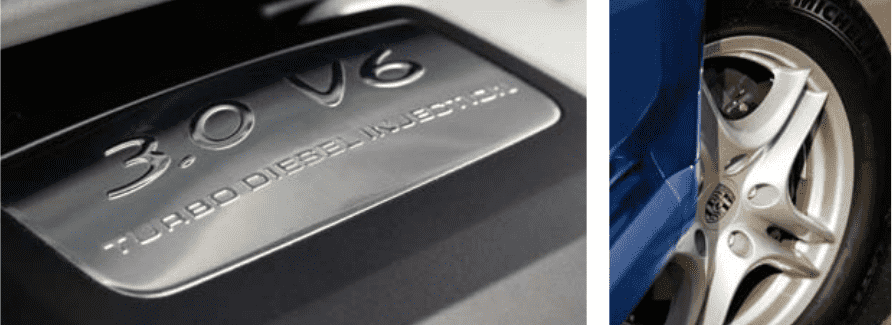
125
– Porsche develops and applies manufactur-
ing procedures that are as environmentally
friendly as possible.
– Porsche naturally meets all current environ
mental regulations.
– Porsche regularly informs the public of its
efforts with regard to the environment, and
aims to maintain open and cordial dialog
with authorities and organizations.
In the past, the company has also spent a great
deal of money on limiting its impact on the en-
vironment as much as possible. The refinement
of all model series in terms of their impact on
the environment is a high priority for the devel-
opment departments.
The fact that Porsche is continuously improving
the fuel consumption of its vehicles can be ex-
emplified by a comparison of a Carrera from the
year 1994 with a current model. Fifteen years
ago, the vehicle had a 3.6 -liter engine with 285
hp (210 kW) and consumed 14.4 liters per 100
kilometers. The 2009 Carrera, with exactly the
same displacement, has an output of 345 hp
(254 kW) but only requires 9.5 liters per 100 kilo-
meters. A one-third reduction in consumption
also dramatically reduced exhaust emissions.
The old Carrera was built according to the Euro 1
exhaust standard, while the current model meets
the much stricter Euro 5 requirements.
In the last 15 years, Porsche has reduced the
CO2 emissions of its vehicles by an average
of 1.7 percent each year. This decline has ac-
celerated significantly in the last four years.
If one compares the vehicle portfolio from 2006
with the portfolio for 2009, average consump-
tion has improved by 2.8 percent each year.
Porsche will continue along this path of con-
tinuously improving the consumption of all its
models in future and prove its competitiveness,
even in terms of their environmental impact.
In order to do justice to this important operating
goal, Porsche has created a department within
its development department that is responsible
for optimizing energy management. A significant
reduction in consumption can only occur if all
components and systems are optimized and net-
worked with regard to their energy efficiency.
Here, energy management concepts that are
heavily networked are developed for the entire
vehicle. The best evidence of the success of
these efforts lies in the excellent consumption
figures of the new Panamera.
Hybrid drive trains
nearing series production
In the past fiscal year development of a hybrid
drive train came a good step closer to series
production. This system, which has a particu-
